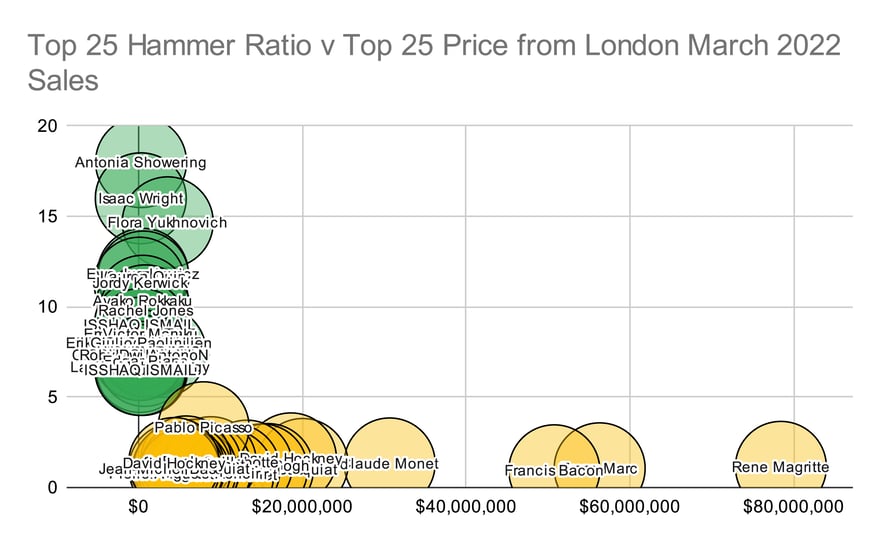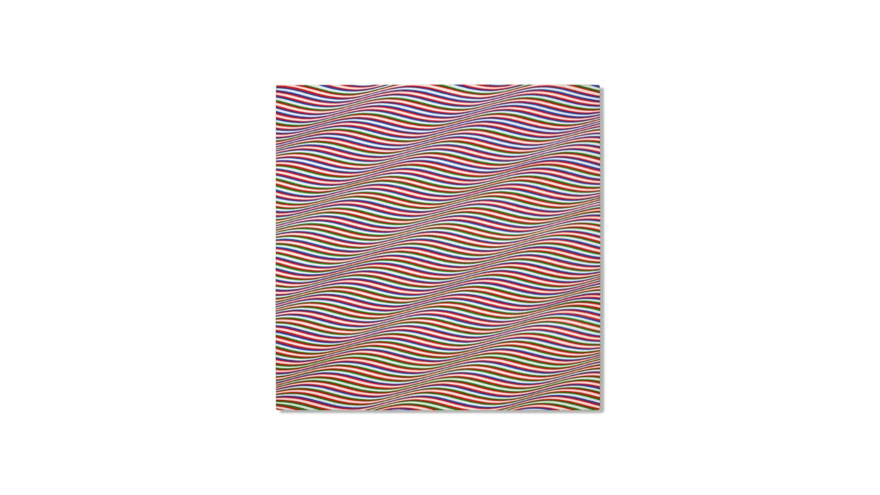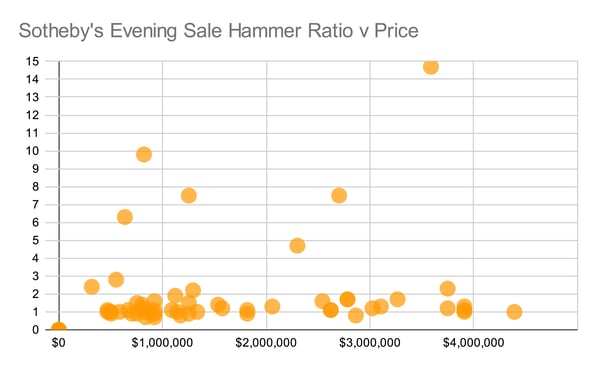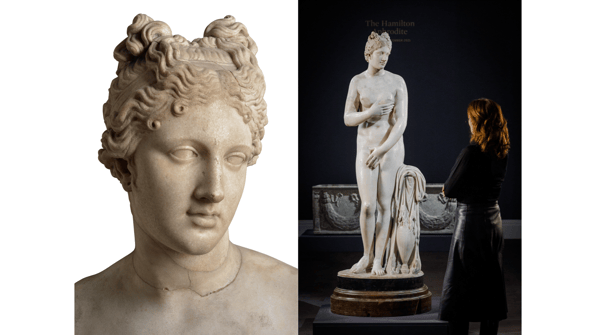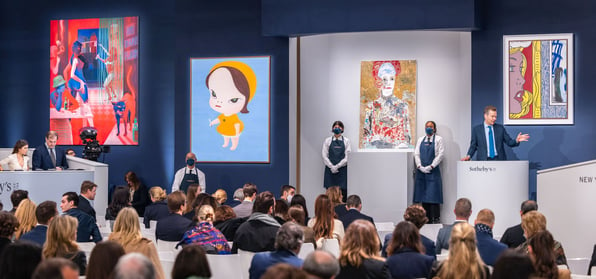London Bridges the World
London’s Winter auction cycle totals $727 Million with strong speculative bidding on a roster of global artists
London’s Winter auction cycle, the first market feedback of 2022, tells us that despite the deeply unsettled global economic environment the art market remains a place where a lot of money is being spent. With a few lots auctioned in Shanghai and the remaining 810 or so going on the block in London, the sales had a combined premium total of $727,460,517. Of the 830 lots offered, 775 found buyers; that's a 93% sell-through rate.
The hammer ratio (the aggregate hammer price paid divided by the aggregate low estimate) was a healthy 1.10. That’s not as strong as the market saw in 2020. Yet one has to account for the fact that estimates have risen to meet previous sale levels. That will have an effect on the hammer ratio.
The Evening sales (at least, what we still call Evening events but are no longer held during the Evening where most of the bidders are located) were heavily managed with guarantees and strategic withdrawals. The 93% sell-through rate remains a strong indicator of demand especially considering the greater volume of Day sale works without guarantees.
The market continues to focus on the work of emerging artists even as strong sales are made at the top of the price spectrum. The top 1% of lots accounted for nearly 40% of the total sales value. Nonetheless, the bidding is entirely focused on the market for works below $4 million. The charts above show the 25 most valuable lots in yellow all with hammer ratios around 1 or the the value of the low estimate.
Among those lots, only Picasso’s etching, “Le repas frugal,” was bid significantly above the estimate range. A mis-priced etching is just the sort of sleeper one might expect in this market. One reason the most expensive works are not seeing much aggressive bidding is that the level of pricing information in the market (that’s one reason LiveArt exists) has expanded dramatically. Another reason is the widespread use of guarantees for the most expensive works. Since they have been sold efficiently to the most likely buyers, we shouldn’t be surprised that the pricing is fairly accurate.
On the left side of the graph, we see the works with highest hammer ratios in green. There is no overlap between the names or even the estimate ranges. The only remarkable thing about these lots is the fact that many of these names are sold equally well in New York, London and Hong Kong. The art market at this price point is truly global. It may matter in which city a high value work is shown and auctioned but the few dozen emerging market names like Javier Calleja, Ayako Rokkaku, or Shara Hughes sell throughout the calendar year. They are also selling equally well on each continent.
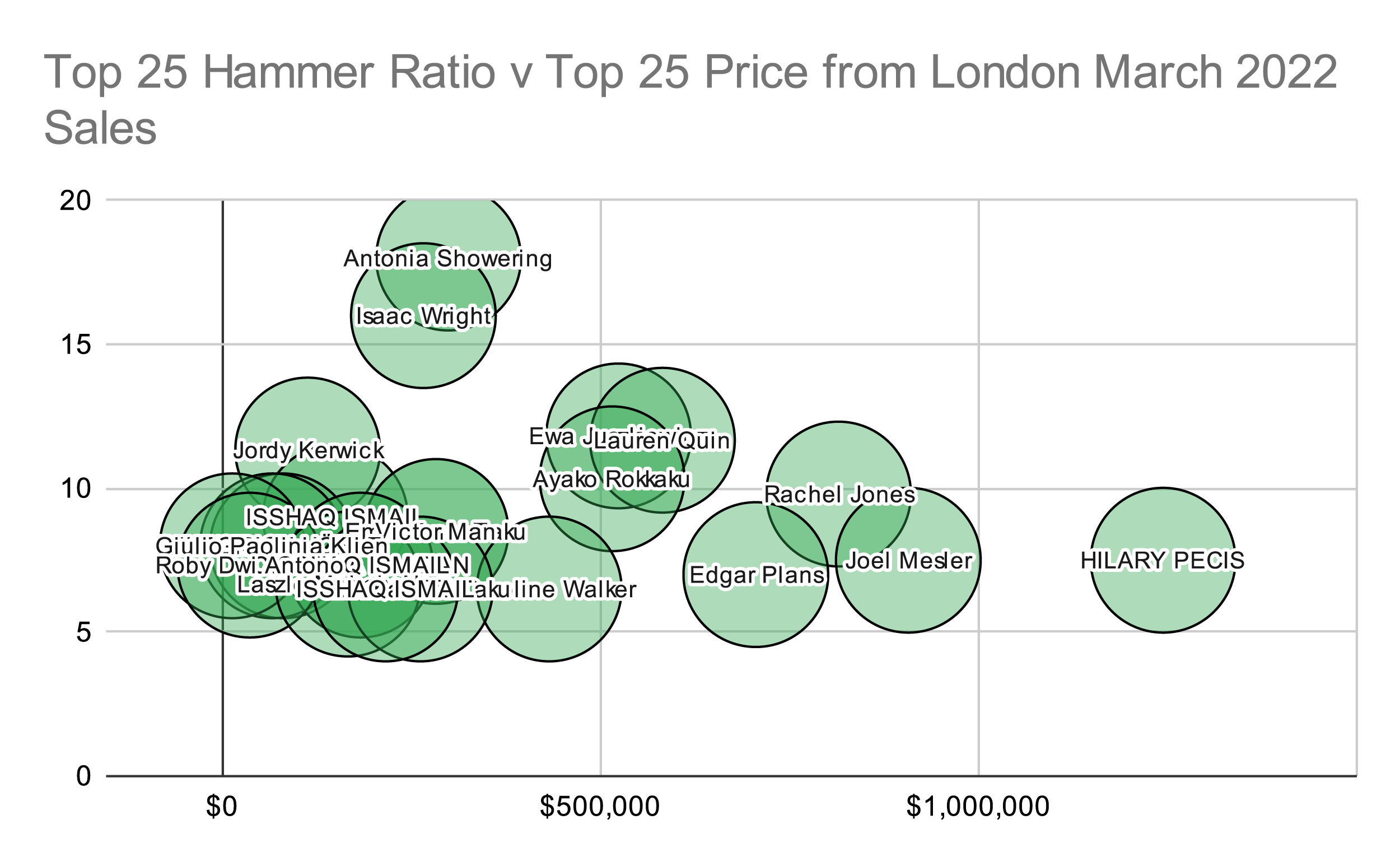
To add a little more texture to the hammer ratios, we divided the works into quintiles and calculated the hammer ratios for each segment of the market. The top quintile, works with estimates from $420,000 to $60 million, sold at a 1.05 hammer ratio. In other words, the estimates were correct. The second quintile of work, with estimates between $132,000 and $420,000, had a hammer ratio of 1.93. That’s very strong bidding. At this price point, one assumes the artist has a collector base and demand for the work outstrips supply in a significant way.
The middle quintile of works estimated between $52,800 and $132,000 saw a slight dip to 1.44. This is a middle ground where many of the works on offer are not known quantities and demand will vary.
The next quintile sees a rebound of bidding to the level of a 1.93 hammer ratio. This is for a narrower value band just below $52,800 and all the way down to $39,600. The higher hammer ratio most likely reflects speculative buying. The low price point and reduced risk make speculating easier.
The last quintile of works is the most interesting of all. Again, the low estimates make the much higher hammer ratio less meaningful. The value in this quintile is only 2/3 of a percent of the overall value of the sale. But here is where the very high sell-through rate of the auction cycle comes into play. This sector of the market could easily see very high buy-in rates. It often does. Instead, bidders are driving the hammer ratio for this quintile to 2.79. The potential rewards of picking up something that is cheap now and may be quite valuable later seems to be too much for art speculators to pass up.
